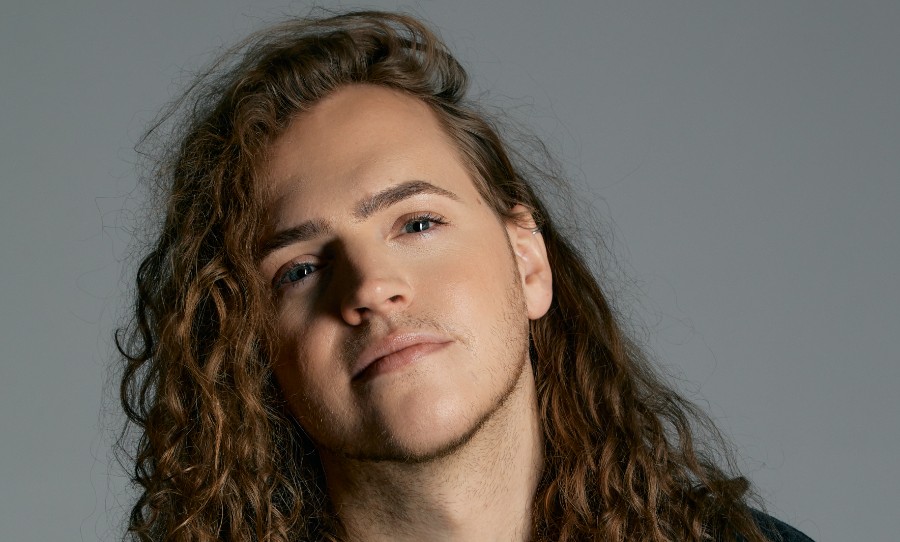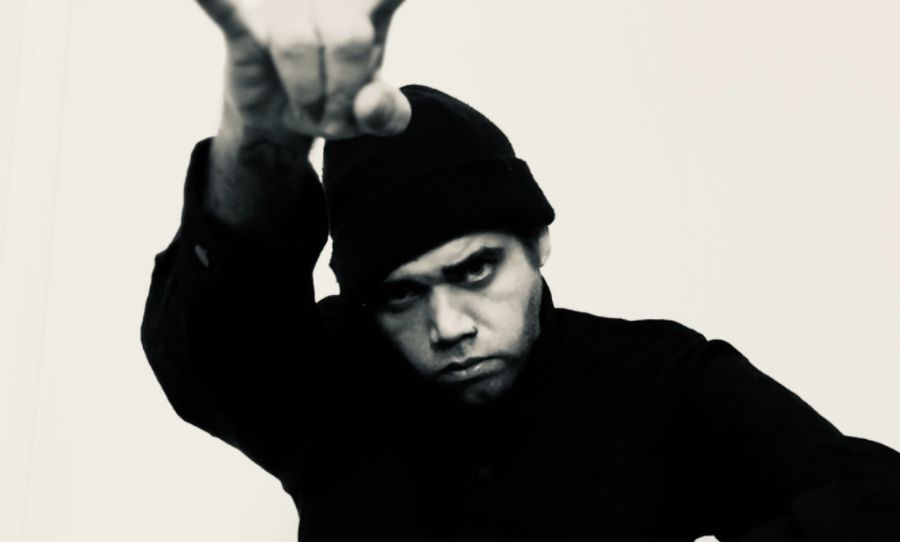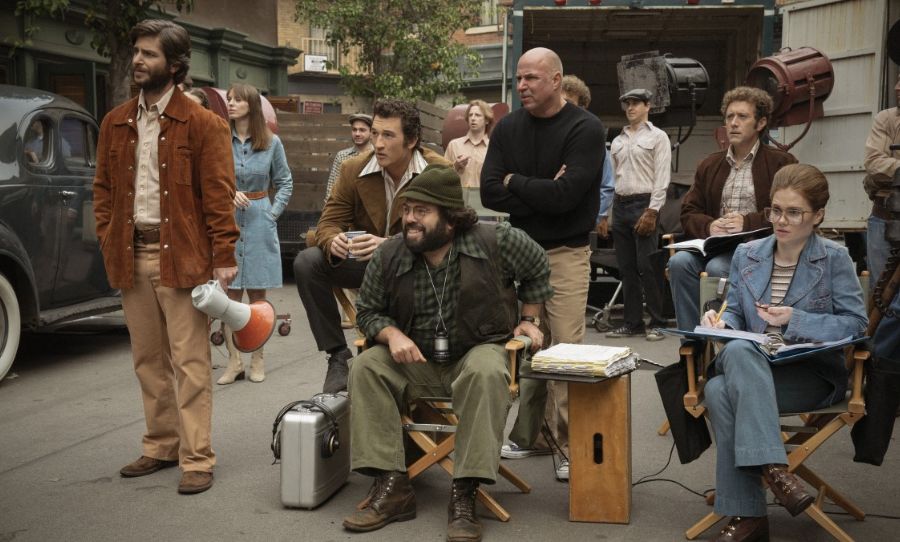Life as a session guitarist requires versatility, dedication, and an ability “to take direction constructively,” at least according to seasoned professional Dan Maher.
Over the course of his illustrious career, Dan Maher has worked on a dazzling array of Australia’s hottest television shows, providing the soundtrack for competition series like Dancing With The Stars and Australian Idol, among countless others.
Maher’s mainstay in the session guitarist scene, which he describes as the work of “being heard not seen,” has resulted in a list of collaborations so starry it warrants its own constellation, including the likes of Rita Ora, Adam Lambert, and Tina Arena.
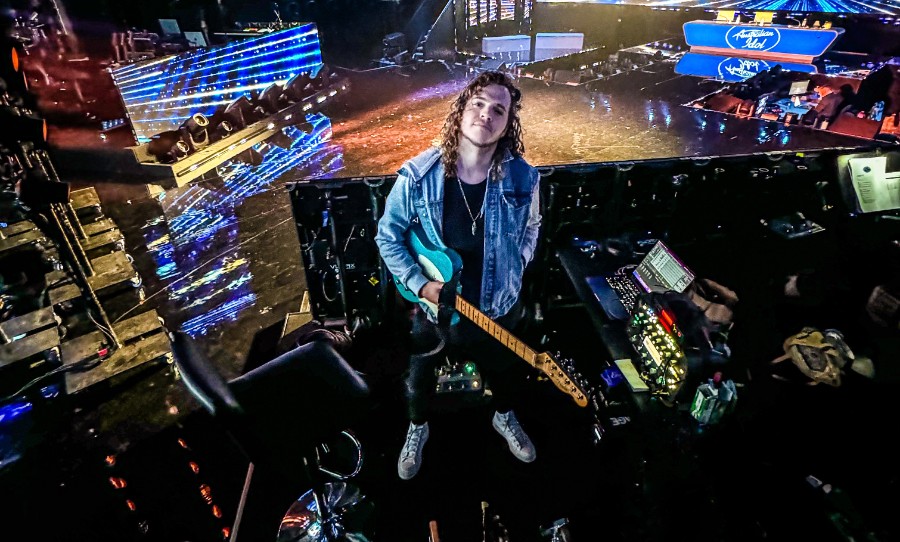
Below, we caught up with Dan Maher for a chat about how he got his start in the industry, the behind the scenes intel of filming for TV, and the one guitar solo that “changed my life.”
Catch the full interview below, and head to Dan Maher’s website or socials for more information.
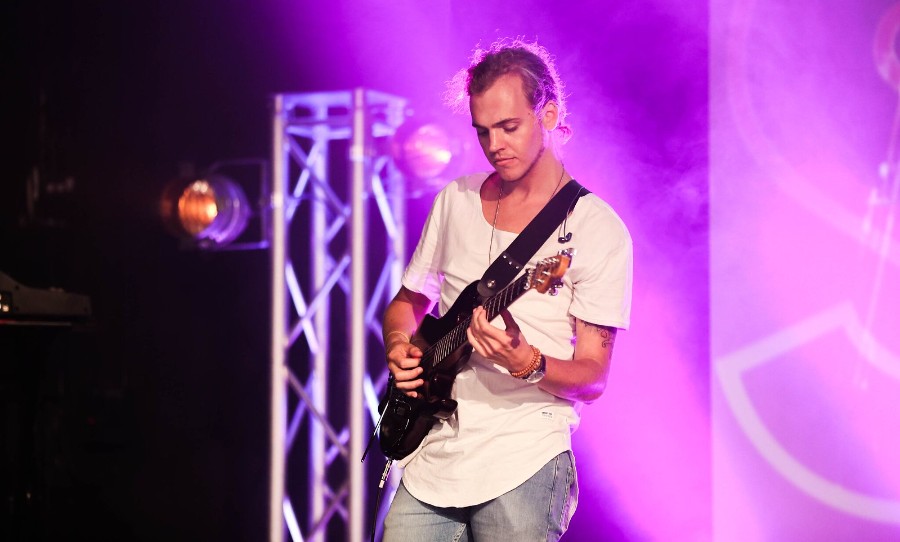
HAPPY: What did you listen to growing up?
MAHER: Growing up, I mostly just listened to whatever my parents were listening to at the time – primarily rock and pop from the 70s, 80s & 90s. Bands like The Doobie Brothers, Pink Floyd, Led Zeppelin.
ABBA, ZZ Top, Cat Stevens, Creedence Clearwater Revival, Richard Marx, John Farnham, Fleetwood Mac, Mariah Carey, Celine Dion, Shania Twain, Madonna, Tina Arena, Bachman Turner Overdrive, The Eagles.
But also some unexpected outliers in the ethereal/instrumental/world-music vein such as Chris Spheeris, Yanni, Enya etc.
In early high school I became obsessed with hip-hop and artists like Eminem, D12, 50 Cent, Ja Rule, Tupac, Biggie, Dr Dre, Snoop Dog, Jada Kiss etc.
Once I started playing guitar though, my musical interests naturally started gearing towards classic/glam/punk rock.
I started obsessing over bands like Van Halen, Deep Purple, AC/DC, Kiss, Guns n Roses, Iron Maiden, Toto, Thin Lizzy, The Darkness, Europe, Journey, Extreme, Good Charlotte, Green Day & Simple Plan.
HAPPY: How did you find yourself gravitating towards guitar? Have you enjoyed playing any other instruments?
MAHER: I actually found the guitar through my love of hip hop, of all styles… Despite having listened to almost exclusively guitar-based music my entire childhood and never feeling the urge.
I was in the thick of my newfound obsession with Eminem when I heard a guitar solo over the outro of his track “Sing For The Moment” – I was instantly hooked and realised that THAT was what I wanted to do.
Listening back now it’s not a brilliant solo, it’s actually quite sloppy, but at the time it changed my life. It’s still my favourite Eminem track to this day.
I had actually attempted to learn guitar from my Dad once before many years prior, but my little fingers struggled to play his old, poorly-setup acoustic and so quit almost straight away.
After that, I moved onto brief stints of learning drums and saxophone – neither of which stuck either. Years down the line, I heard that solo in “Sing For The Moment”, immediately asked Dad if I could have an electric guitar, and the rest is history.
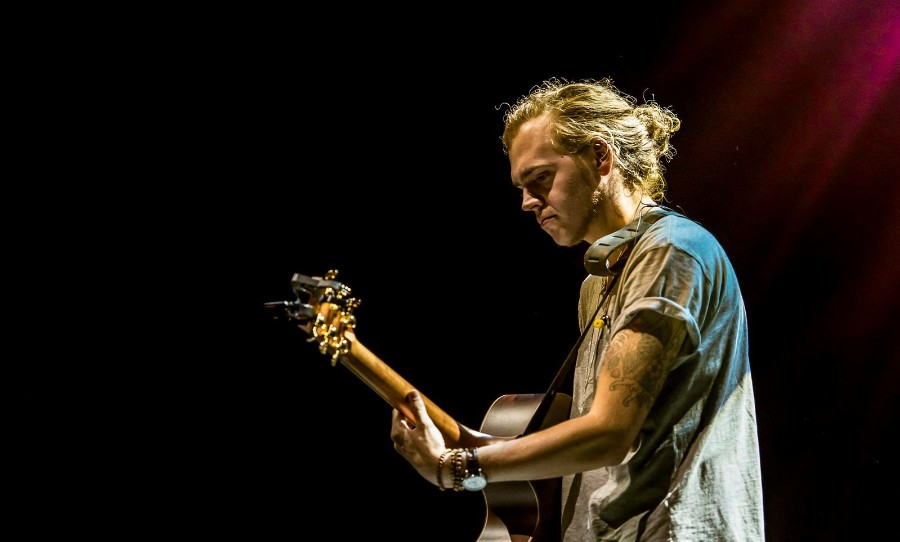
HAPPY: Session guitar work is a somewhat unexplored area of the industry. How did you get your start in this space?
MAHER: It’s definitely a somewhat mystified side of the industry if you’re not in the know.
My trajectory into the session world came from always liking the notion of being “heard and not seen”, and being a session player seemed to be a natural fit for me, opposed to the being the “rockstar” all the other kids my age seemed to want to be.
For me it began when I went to see Lion King (the musical) in 2005 and was so fascinated by the live musicians in the pit providing the soundtrack to the to show, more so than any of the brilliance going on by the cast onstage.
4 years later, I ended up getting a call when I was in 10th grade to play in the band for a local community theatre show, where I learned so many valuable skills that I still use on a daily basis now as a professional.
Things like how to sight-read music, understanding my role in a band or as accompanist, knowing how to pull appropriate tones and sounds, how to follow a conductor/musical director, and perhaps most valuably – how to take direction constructively.
All these skills translate across all types of settings in the session world. It all pretty much snowballed from there, and by the time I finished high school I had already played for over 40 community musical theatre shows across Sydney, gaining valuable experience which fast-tracked by readiness for professional work…and definitely beat getting a job at Maccas, haha.
HAPPY: You’ve worked on multiple Australian music television shows. What’s something that people might find surprising about the filming process of these shows?
MAHER: In general, I think people are often surprised by how slow paced it can be to film an entire episode of a show, unless it’s live-to-air or ‘as live’.
People also don’t tend to realise that even though they may be watching the show live on TV one night a week, that we have been on set 10-16 hours every day prior leading up to it getting it ready.
Each show is a big undertaking involving many people, many long days and countless hours of preparation to ensure they run smoothly.
On a more specific note though, people are always shocked to learn that I never have the contestant vocals in my in-ear monitors, I only ever have a mix of the band, which is simply because I don’t want anything that the contestant does (or doesn’t do) to throw me off my game.
Musicians, especially those who play harmonic instruments, have a natural tendency to follow the vocalist, which is often an important part of being an accompanist.
However, in a TV setting when you’re playing to a click track and production stems, you can’t go off-course. If all I can hear is myself and the band, I find it much easier to stay focused.
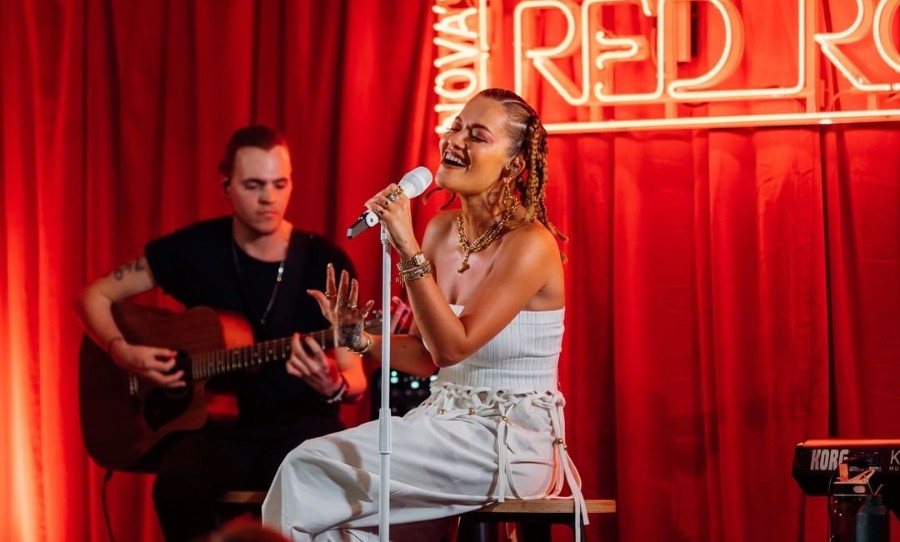
HAPPY: Have you found that there’s different requirements for each of these shows, or do they all follow similar processes?
MAHER: I wouldn’t say different requirements exactly, but definitely a different approach.
For example, ‘Dancing With The Stars’ is a dance show, not a singing contest, so you have to think about it as a bed of music that choreography is being rehearsed/performed to.
This means rhythmically it needs to be consistent, but also means can afford to put more harmonic flair in and around the vocals because the music is not determining a singer’s progression through the competition.
Whereas on a show like ‘Idol’ or ‘The Voice’ – if something you play differently or wrong throws the singer off mid-performance, that could completely jeopardise their chances of moving forward in the competition, so you have to treat it accordingly.
I did an American game-show called ‘Name That Tune’ mid-Covid, and that was different altogether – we would have to play famous melodies on instruments for contestants to recognise and guess – whilst trying to authentically replicate the nuances, phrasing and inflections of the vocal on the original recording – it was surprisingly tricky!
When it comes to shows where there is no live band (Masked Singer, AGT etc), we are mostly creating ‘sound-alike’ backing tracks.
I do all those sessions from my home studio, so it’s just like any other recording session in that sense – I just send my stems off and let the MD/Mix engineer do their thing with them.
HAPPY: You’ve worked as a session guitarist for Australian Idol for five years. Are there any standout acts from the competition you find particularly inspiring?
MAHER: For me the most inspiring thing about the contestants is how they take to the pressure of being thrown in the deep-end of such a crazy world, especially when most of them have little-to-no industry experience prior.
It’s a lot of pressure to perform live to millions of people each week, even for seasoned professionals let alone first-timers.
Shoutout to this year’s winner Dylan Wright – Not only has he worked on his craft for a long time, is a stand up human, and couldn’t be more deserving of the win. I’m looking forward to following his career post-show.
HAPPY: You’ve also worked with the likes of Rita Ora, Adam Lambert, and Tina Arena. Can you explain what the collaboration process is like when you’re trying to get a feel for what these artists are after?
MAHER: It really depends on the gig to be honest.
Sometimes you’ll get sent specific versions of songs to learn from the management, sometimes you’ll be working under another music director with existing arrangements, and other times it’s up to you to arrange the song(s) yourself so that they translate onstage.
Most of the time you get an opportunity to discuss the approach with the artist. Often they’ll want to keep it true to their original recordings, and other times they’ll want to do something different.
The latter comes with the task of trying to bring the vision in their head out into reality.
If it’s an acoustic performance with an artist I’ve never worked with before, I’ll always do the youtube deep-dive of their past acoustic performances to gauge what they’re used to hearing in an acoustic setting and make it my own from there.
No matter what though, I make sure to know the songs inside-out to the point where I don’t have to think about what I’m playing and can focus solely on supporting and following them vocally.
When it comes to full band performances however, usually I just try to match the tones and parts exactly to the record – unless again we are working with alternative versions of the tracks. If there are no guitar parts on the recordings, I’ll create a tasteful part/sound that compliments the song and the vocal.
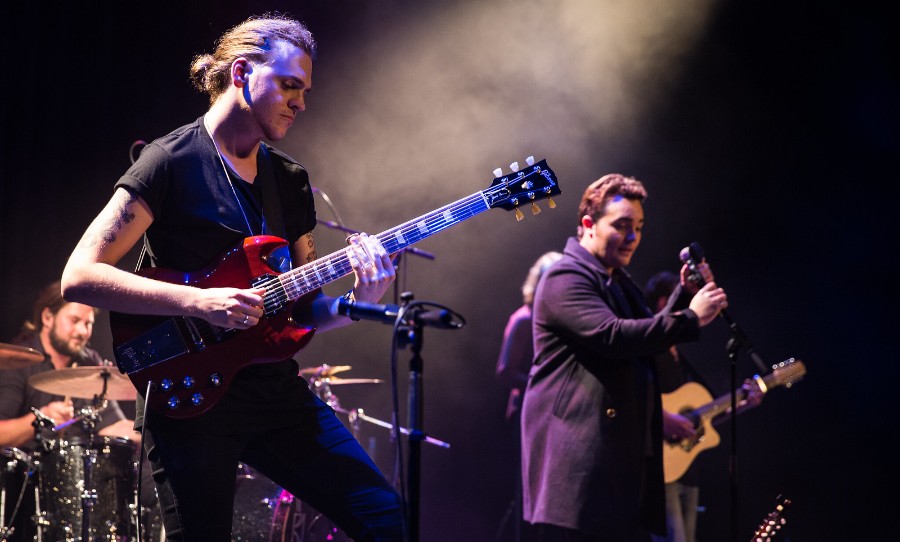
HAPPY: Your portfolio includes performances for film and TV, and collaborations for theatre. How important has it been to ensure that you are versatile in terms of what the industry is looking for?
MAHER: Incredibly important! Versatility is by far one of the most valuable traits to have as a session player. You can’t really be a one-trick pony because you need to slot seamlessly into so many different settings.
This goes beyond just being stylistically versatile as well… yes you have to be able to jump between styles like pop, jazz, RnB, rock, latin, folk, fingerstyle etc.
But you also need to be able to read sheet music, own and play various types of guitars like electric/acoustic/nylon/12- string/baritone guitars, be able to pull great (and sometimes obscure) tones, as well as being able to use recording software proficiently.
Essentially the more you have to offer, the more valuable you are. If you can play banjo and ukulele as well, or put together live shows and run playback, these other valuable skills you bring to the table that will set you apart.
HAPPY: You’ve already collaborated with so many starry musicians, but is there any dream artist you have on your bucket list?
MAHER: Oh so many, there are stacks of artists I would love to work with – first and foremost though would have to be Jessie J.
She is the most insane vocalist in my opinion and I’m such a fan of her. I had the pleasure of meeting her very briefly in 2015 and she seemed like the most chill, down-to-earth artist ever.
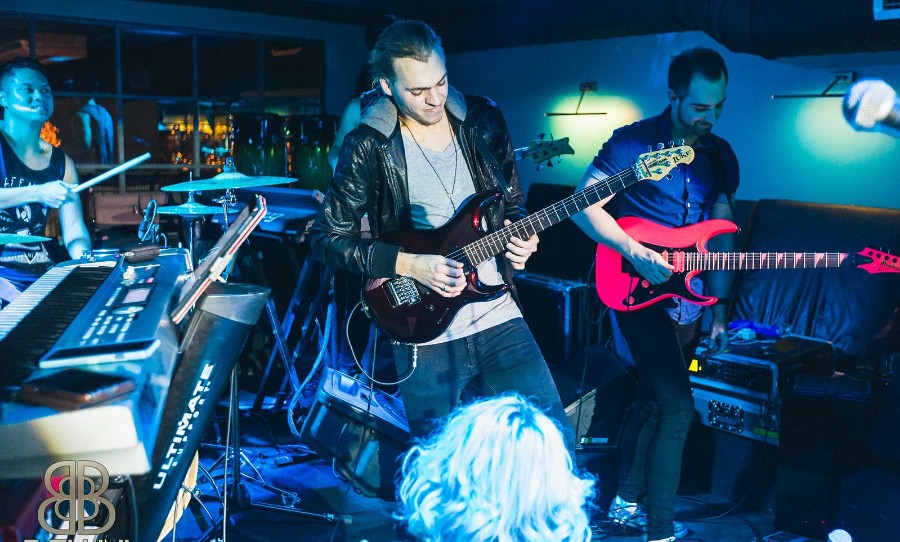
HAPPY: Finally, what makes you happy?
MAHER: Spending time with the people I love. My fiancé, friends, family, puppy and cats bring me so much joy. I love to travel as well – culture shocks, new places and feeling tiny in the scope of the world makes me happy.
